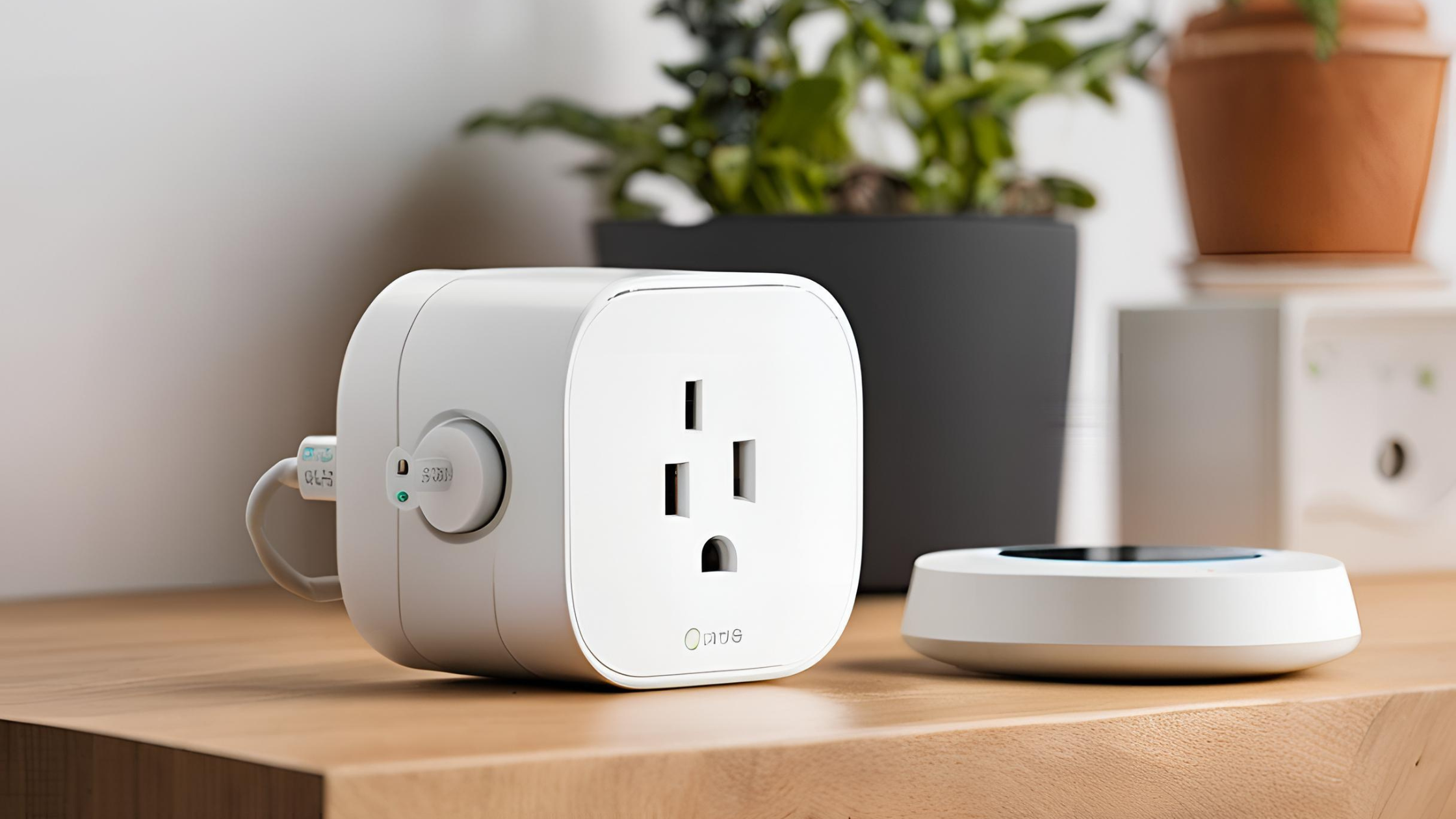As we all know, the air we breathe is polluted with the tiny particles, harmful chemicals and with carbon dioxide. Also, we can control the air quality of outdoors, but we can surely monitor what we are breathing at our homes. An air quality monitor acts like a baby sitter, alerts you with the potential pollutants and gives you the valuable insights for your indoor air.
However, it might be confusing while choosing the best air quality monitor because of the so many options available in the market. In this guide we will let you know about the best air quality monitors that fits with your requirements and also with your budget.
What Pollutants Should You Monitor?
These air quality monitors can track a different variety of pollutants, but check out the most common ones here:
Particulate Matter (PM):
PM2.5 is a serious concern for indoor air quality. These are very small particles that can easily absorb into our lungs and can cause respiratory issues and if anyone have asthma then this is the worst.
Check out the few points that you should consider about PM2.5:
Sources: These PM2.5 can enter in your from the various sources and it includes cooking, smoking, candle burning and dust.
Health Risks: It can cause you the health risks like heart disease and even cancer.
Importance of Air Quality Monitors: Always consider the air quality monitors that detects the PM2.5 and it notifies you whenever there is an increase in the harmful particles, allows you to take action to improve the air quality.
If you’re searching for an air quality monitor, make sure sure it can particularly monitors PM2.5 as well as other contaminants of concern.
Volatile Organic Compounds (VOCs):
VOCs Can found in everyday products
Volatile organic compounds (VOCs)can be challenging to be found. It can be hidden in your everyday goods that we take for granted, such as:
Paints and coatings: It can be on the freshly painted walls to that can of varnish in the garage. These VOCs can linger in the air long after application.
Cleaning products: Always go for the natural cleaning products as many cleansers, disinfectants and also air fresheners contain VOCs.
Personal care products: Hairspray, nail polish remover, and some cosmetics can release VOCs. If possible, then you should go with the fragrance free and less VOCs products..
Furniture and building materials: Carpeting, adhesives, and pressed wood can emit VOCs, especially when new.
The Impact of VOCs on Health
Checkout the causes of VOCs to our health problems :
- Headaches and dizziness
- Eye irritation and nausea
- Respiratory problems
- In some cases, even long-term health effects
Carbon Dioxide (CO2):
CO2: A Byproduct of Everyday Activities
Carbon dioxide (CO2) is a natural gas present in the outdoor environment. However, our breathing and activities like cooking and using fuel-burning appliances contribute to CO2 levels indoors.
Signs of Elevated CO2 Levels
While CO2 isn’t directly toxic at low concentrations, high CO2 levels can lead to various symptoms, including:
- Fatigue and drowsiness
- Headaches and dizziness
- Difficulty concentrating and mental fog
- Shortness of breath (in extreme cases)
Carbon Monoxide (CO):
The Silent Threat: Carbon Monoxide
Carbon monoxide (CO) is a poisonous gas produced by incomplete combustion of fuels like gasoline, propane, and natural gas. Here’s why CO is so dangerous:
Invisible and Odorless: CO has no smell or color, making it difficult to detect without a monitor.
Binds to Hemoglobin: CO binds more readily to hemoglobin in red blood cells than oxygen, depriving your organs of the oxygen they need.
Rapidly Fatal at High Levels: High CO exposure can lead to loss of consciousness, coma, and even death within minutes.
Sources of Carbon Monoxide in the Home
CO can enter your home from various sources, including:
Faulty or improperly vented gas appliances: This includes furnaces, water heaters, clothes dryers, and gas stoves.
Blocked chimneys or flues: Ensure proper venting of appliances that expel CO through chimneys or flues.
Generators: Portable generators, especially when used indoors or in poorly ventilated spaces, can generate dangerous levels of CO.
Car exhaust fumes: Never leave a car running in an attached garage, even with the door open.
Wrapping Up
Above are the few points that you can check before buying any best air quality monitor. You can check online platforms like amazon to buy the air quality monitor. Also you can check our blogs related to the home automation and reviews.



